There are many greens you can feed your chickens but what are the best greens? I grow a lot of different leafy green vegetables in my garden and my chickens get to sample most of them.
In this article, I will go over some of the best greens for chickens and how each one can benefit your flock.
What are the best greens for chickens? Great green options for chickens are swiss chard, kale, broccoli, romaine lettuce, asparagus, cucumbers, turnip greens, radish tops, carrot tops, collard greens, cabbage, cauliflower leaves, brussels sprouts, and mustard greens. Any greens you give your chickens should be a small amount of their overall diet.
The 13 Best Greens Chickens Can Eat

1. Cabbage
Chickens can eat cabbage. My chickens love cabbage, it comes in different colors including white, purple, red, and green. This is one of the best greens for chickens full of vitamins, minerals, and micronutrients.
Cabbage contains vitamin K, vitamin C, Vitamin B6, and folate. Minerals found in cabbage include manganese, calcium, potassium, and magnesium.
One cabbage leaf contains 9 mg of calcium. Your hens need to consume 4 grams of calcium a day. They need the right amount of calcium to produce eggshells. Hens require 2 grams of calcium to make one eggshell.
Trying hanging a head of cabbage in your chicken run during the winter. Your chickens will enjoy the snack and it will improve their overall health.

2. Broccoli
Chickens can eat broccoli. Broccoli a great green to feed your chickens. It is rich in nutrients, vitamins, and minerals. Broccoli contains folate, vitamins C and K1. Vitamin K1, also known as phylloquinone is mostly found in leafy green vegetables like broccoli.
When you feed your chickens healthy amounts of leafy greens with K1 they will lay vitamin K rich eggs.
Broccoli also contains minerals such as calcium, potassium, and zinc.
Depending on your flock they may prefer cooked or raw broccoli.
After dinner, we often have leftover broccoli. I will give this to my chickens as they enjoy eating it. You may need to chop up the broccoli stems into smaller pieces as they can be tough to eat.
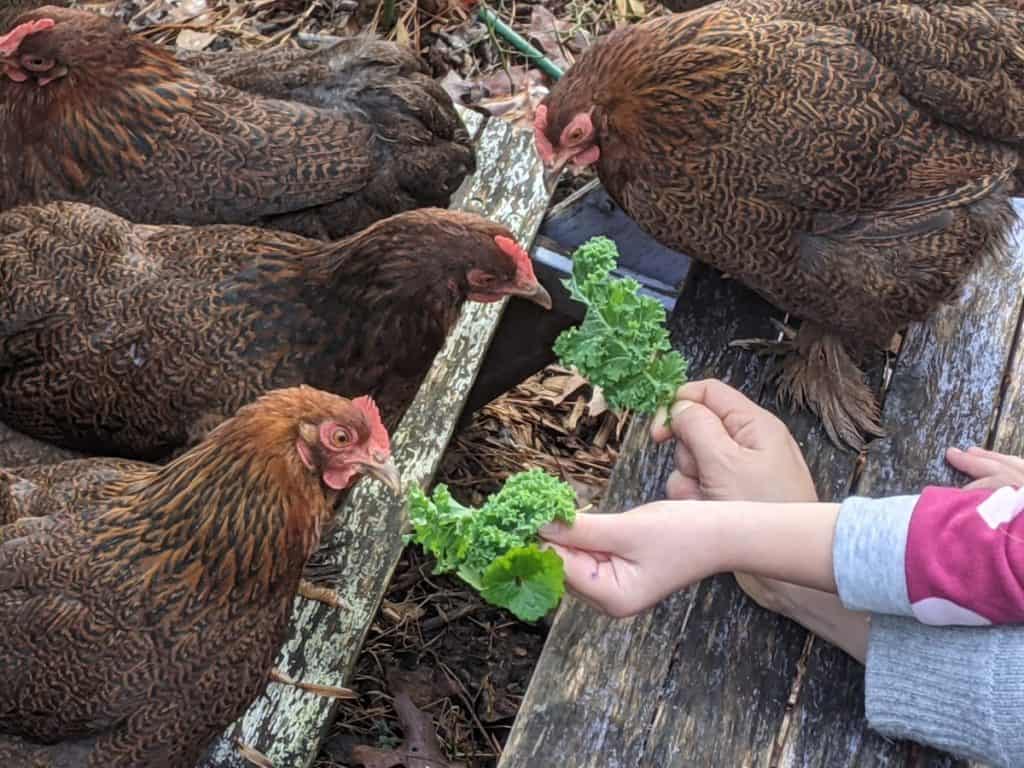
.
3. Kale
Chickens can eat kale and it is perhaps the best green for your chickens. Kale is a great source of vitamin K. Vitamin K is important for the blood clotting process. The vitamin is important should your chickens experience a cut, bruising, or other injuries.
Kale also contains vitamin C and beta-carotene, calcium, copper, potassium, and manganese.
Below is a video of my chickens eating some kale.
If you have a vegetable garden Kale is easy to grow leafy green. It can be grown in winter as well. Try hanging some Kale in your chicken run and watch them enjoy the tasty treat.
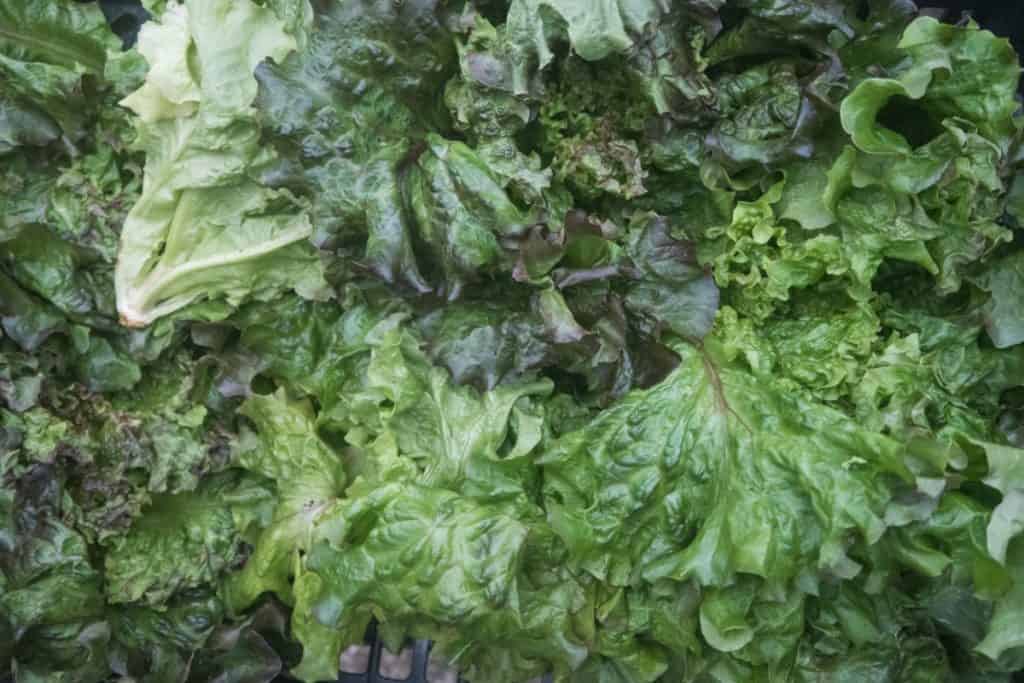
4. Lettuce
Chickens can eat romaine lettuce and the darker green leaf varieties. These are the best types of lettuce you can feed your chickens due to their nutritional content.
Romaine lettuce contains vitamin K, folate, and vitamin C. It also has minerals such as calcium, phosphorous, magnesium, and potassium.
Don’t feed your chicken’s iceberg lettuce. Iceberg lettuce has no nutritional value and can lead to other issues if fed in large quantities such as diarrhea.
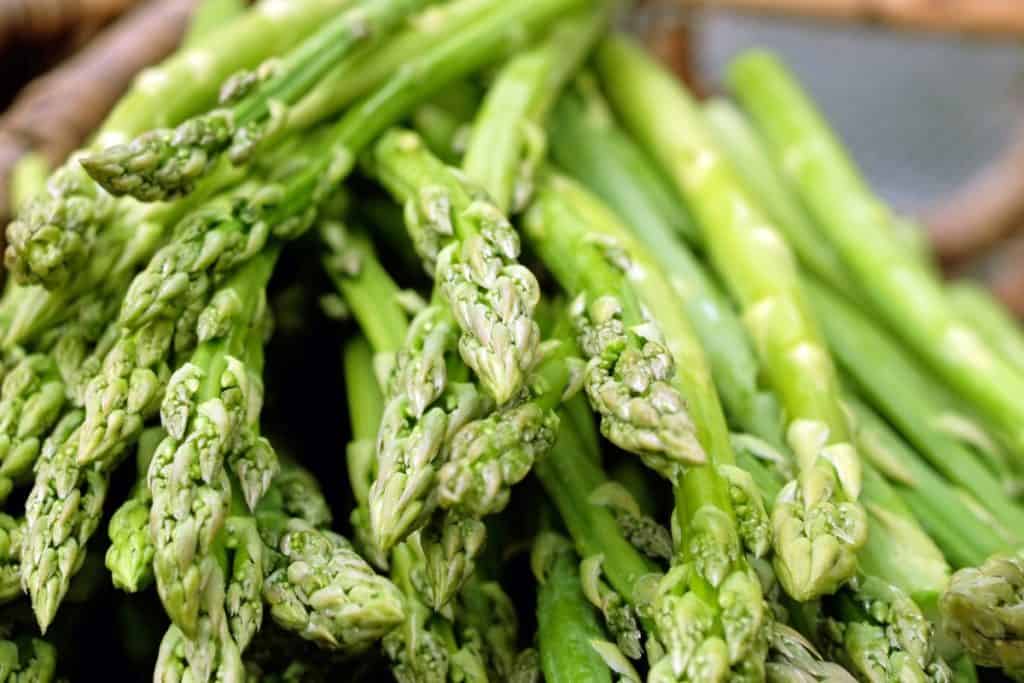
5. Asparagus
Chickens can eat asparagus. Asparagus has generous amounts of vitamins, minerals, and dietary fibers. Asparagus is not one of my flock’s personal favorites.
Giving them too much asparagus could alter the taste of your eggs so feed it to them in moderation if they like it.
Asparagus contains large amounts of folic acid. It also is a source of vitamin C, A, B6.
Vitamin A helps with vision.
Vitamin A is important in the health of mucous producing glands in your chickens. The glands include the lining of the esophagus, nose, and inside of the eyelid.

6. Turnip Greens
Chickens can eat turnip greens. Leafy greens such as turnips a great green for your chickens. Eating turnips can result in darker and richer yolks in the eggs your chickens lay.
Turnip greens contain 0.40 mg of zinc per 100 g. Zinc helps with your chicken’s immunity. Zinc will also help strengthen your older hens’ eggshells.
Zinc is also known to increase feed efficiency and increase body weight in breeds such as broiler chickens.
Turnip greens also contain folate, vitamin K, vitamin A, magnesium, potassium, and calcium.
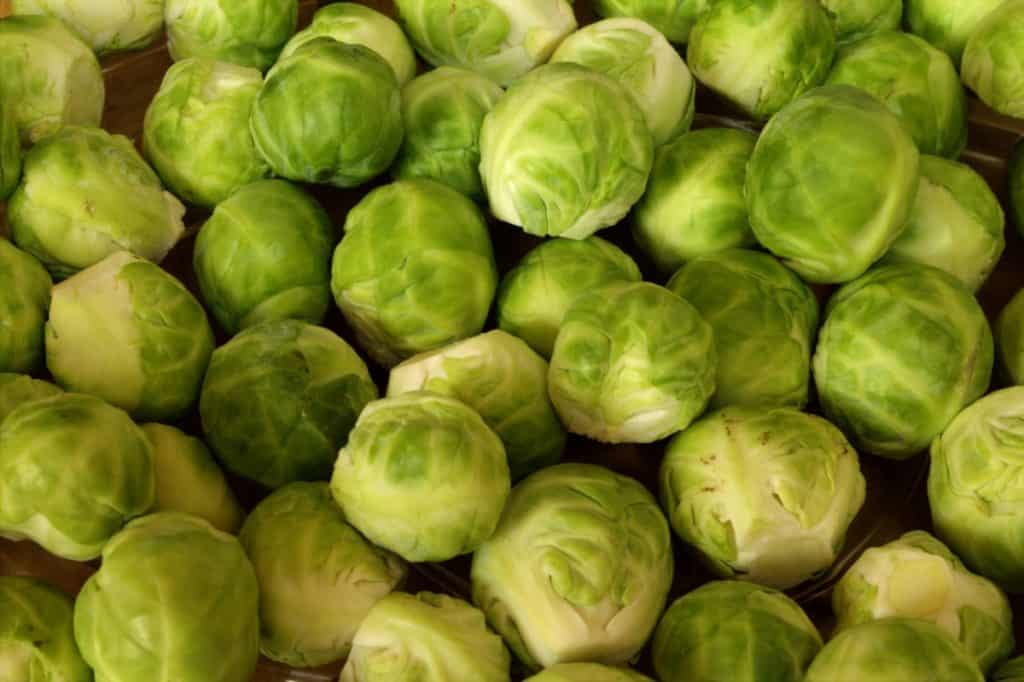
7. Brussels Sprouts
Chickens can eat Brussels sprouts and the excess leafy green foliage. These nutritious sprouts contain nutrients such as vitamin C, vitamin K, and fiber. As mentioned previously vitamin K plays an important role in blood clotting should your chickens become injured.
I like to cook Brussels sprouts, unfortunately, my husband and daughter don’t’ care for them. The extras go to my chickens, and they enjoy this occasional treat.
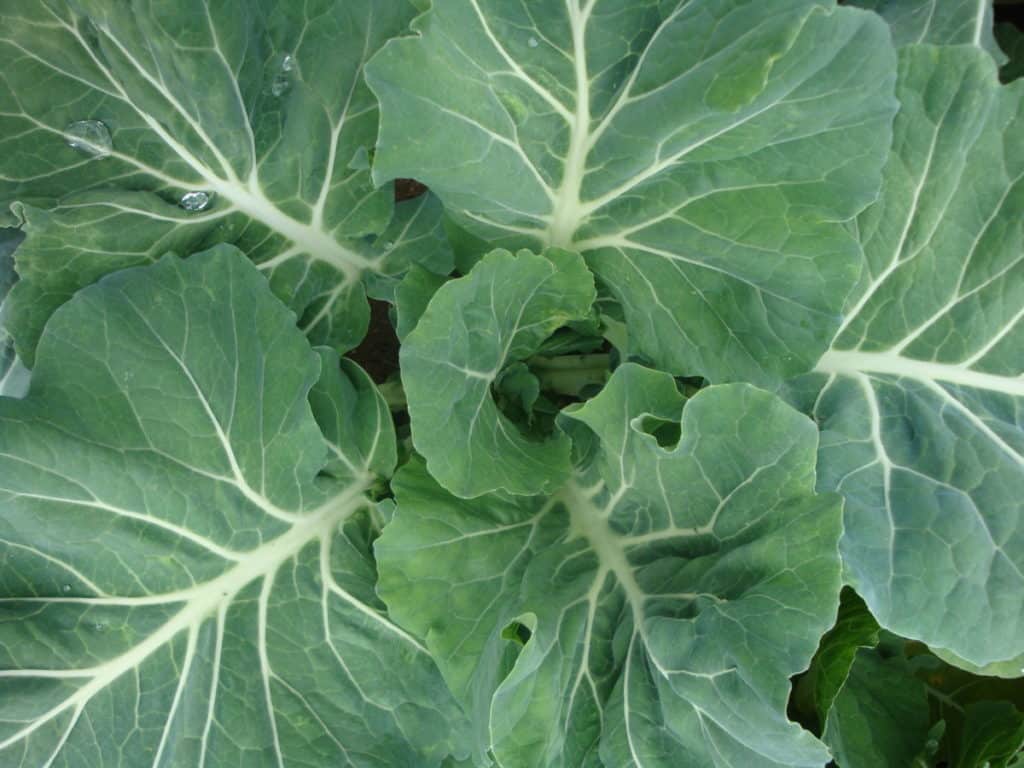
8. Collard Greens
Chickens can eat collard greens and it is one of the best greens to feed them. You can feed them raw or cooked. Collard greens contain vitamin K, vitamin C, vitamin A, and vitamin B-6. They are also a good source of magnesium, iron, and calcium.
Depending on your flock they may prefer cooked collard greens cooked or raw. Try both and see which type they like best.
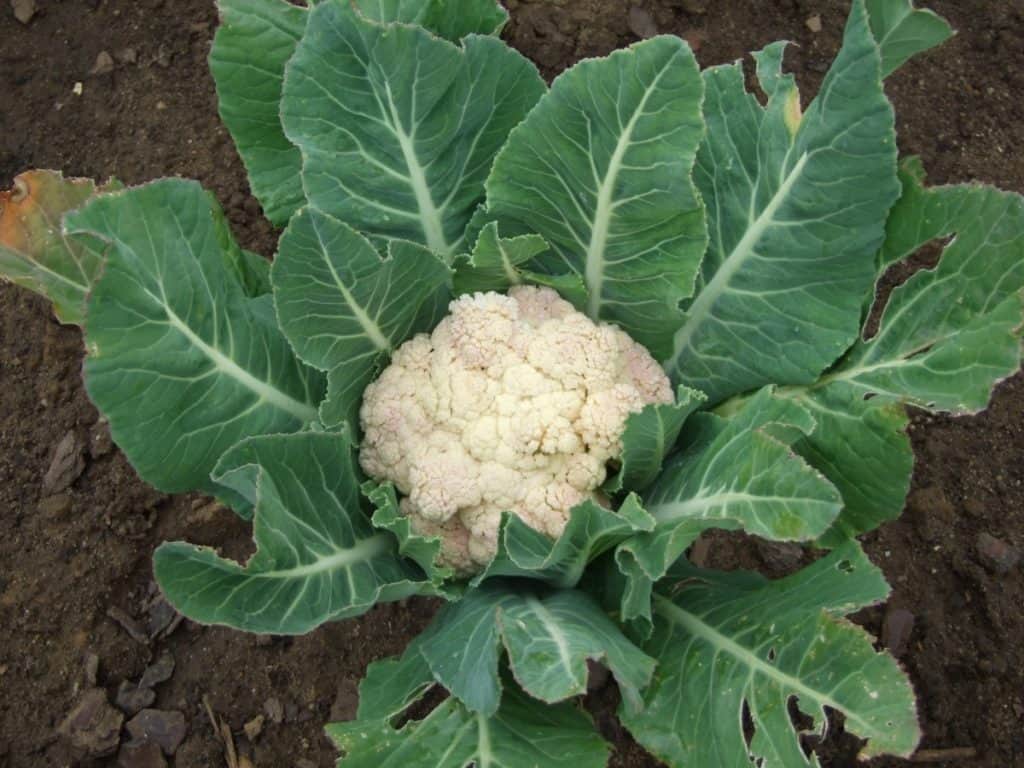
9. Cauliflower leaves
Chickens can eat cauliflower leaves. Cauliflower belongs to the cruciferous family. Cauliflower leaves are a good source of fiber and vitamin C.
Chickens can produce their own vitamin C but extra vitamin C can be helpful when chickens are experiencing heat stress.
The Cauliflower leaves also contain minerals such as calcium, potassium, and selenium. Selenium is a trace element that plays a vital role in hatchability, and egg production,
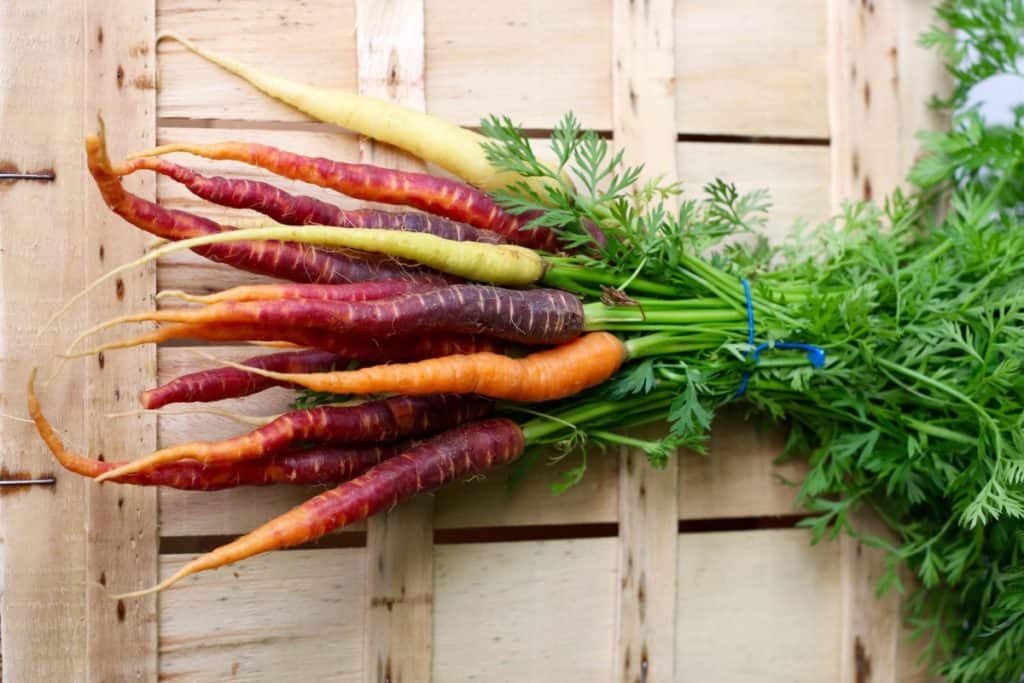
10. Carrot Tops
Chickens can eat carrot tops. Not only can you feed the green carrot tops to your chickens but the carrot peel kitchen scraps as well. Carrots are an excellent source of potassium, beta carotene, fiber, vitamin K1, and antioxidants. This makes the green carrot tops one of the best greens for chickens.
Carrots also contain biotin which is a water-soluble B vitamin. Biotin helps prevent dermatitis in chickens which is often a problem found in broiler chickens raised for meat.
Dermatitis is a skin irritation that is formed on the feet, beak, and around the eyes of chickens. A lack of biotin can also lead to broken feathering and deformities in chickens.
Carrot tops also contain vitamin C which is helpful if your chickens are experiencing heat stress.
The Green tops of carrots also contain 20% protein content which can be helpful if your chickens are molting.
Give your chickens some carrot greens and see if they like them!

11. Radish Greens
Chickens can eat radish greens as they are a part of the Brassicaceae family of vegetables. Chickens will eat the radish and the radish leaves. Radish greens are a nutritional powerhouse containing calcium, vitamin C, folic acid, Vitamin B-6, and Vitamin A.
Try chopping up the radish tops to see if your chickens like them.
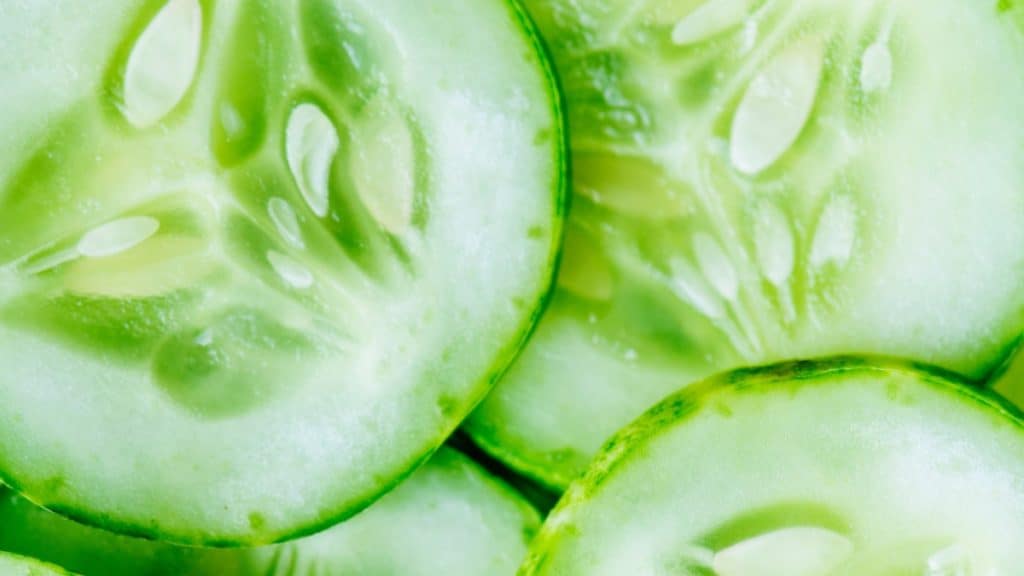
12. Cucumbers
Chickens can eat cucumbers. Cucumbers contain vitamin C, fiber, and potassium. Additional nutrients include vitamin A, magnesium, and vitamin K. This is healthy hydrating food for your chickens as cucumbers consist of 95% water content.
My chickens aren’t big fans of cucumbers but your flock could be different.

13. Swiss Chard
Chickens can eat swiss chard. This leafy green vegetable is a part of the amaranth family it contains calcium, potassium, phosphorus, vitamin E, vitamin C, and other nutrients. Swiss chard can be eaten raw or cooked. The leaves and stalks are safe to eat for chickens.
Vitamin E contributes to improved growth and reproduction in chickens. Vitamin E also helps protect against Newcastle disease in chickens.
Conclusion
If your flock is anything like mine then they won’t like everything on this best greens for chickens list.
You will have to mix and match to see what your flock prefers. Remember chopping up some of these greens into smaller pieces will help your chickens eat them.

